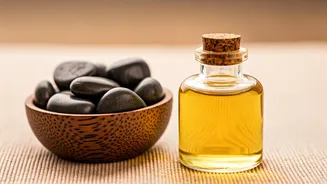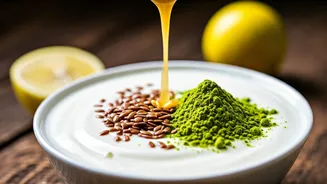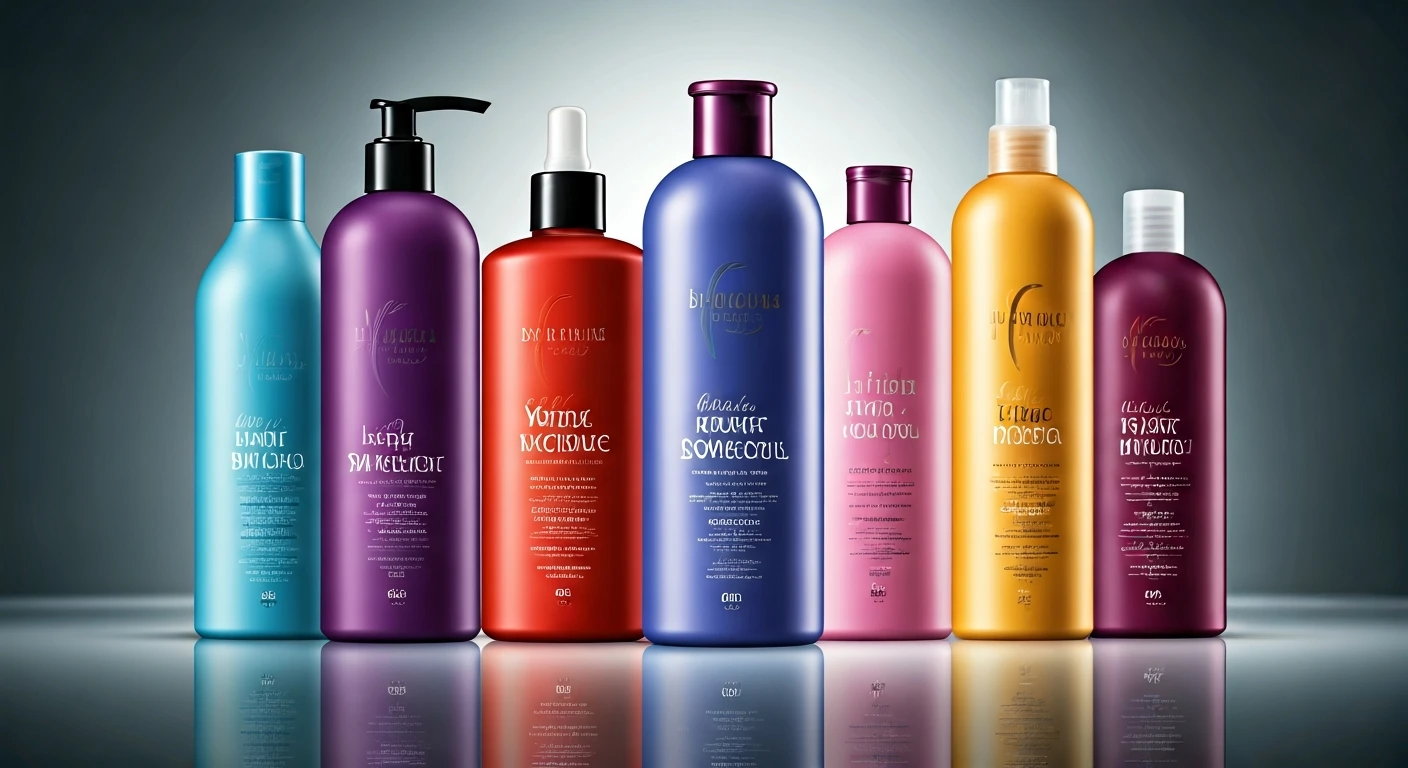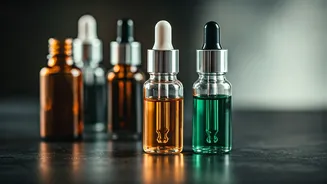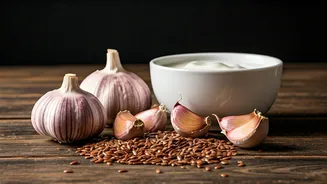Boosting Absorption Power
Warming oil before application significantly enhances its absorption rate. When oil is heated, its molecules expand, allowing them to penetrate deeper
into the skin and hair shaft. This improved penetration ensures that the beneficial nutrients and moisturizing properties of the oil are delivered more effectively, resulting in greater hydration and nourishment. Think of it like this: cold oil struggles to seep in, while warmed oil readily embraces the skin, providing a more intense and long-lasting impact. This is particularly advantageous as it allows the oil's therapeutic properties to work more efficiently, supporting the health and vitality of your skin and hair. This process is key for anyone aiming to maximize the benefits of their chosen oils. It ensures that the oil is truly working for you, from the moment you apply it, by providing the maximum benefit.
Enhancing Shine Naturally
The simple act of warming oil can dramatically boost hair's natural shine, creating a healthy and vibrant appearance. The warmth helps to smooth the hair cuticles, which is the outer layer of the hair. Smooth cuticles reflect light more effectively, giving hair a glossy, polished look. Regular use of warm oil treatments helps seal in moisture, reducing the appearance of frizz and making hair look sleek and healthy. This method is particularly effective for those with dry or damaged hair, as it restores the natural moisture balance and enhances the hair's overall texture. The result is hair that not only looks shiny but also feels softer and more manageable. The heat enhances the oils natural properties, helping to repair and revitalize the hair from within and giving it a radiant glow. In the long run, using warmed oil contributes to a more beautiful and healthier mane.
Deep Skin Hydration Benefits
Warming oil before applying it to the skin is a brilliant technique to boost hydration and leave it feeling deeply moisturized. Warm oil loosens up the pores, making it easier for the oil to be absorbed deep into the skin's layers. This increased absorption helps the skin retain moisture, which is essential for keeping it supple and soft. This process, in turn, helps in reducing the look of fine lines and wrinkles. It can also assist in soothing conditions like dryness and itchiness. Consistent use of warmed oil creates a natural barrier to protect the skin from environmental stressors. You should make sure to apply the oil to your face or body, using gentle circular motions to further encourage absorption. This simple practice helps the skin stay healthy, radiant, and well-hydrated, adding a glow to the look and feel of the skin.
Warming Oil Correctly
Achieving the best results with warm oil involves following safe and effective warming methods. The most common and recommended way is to use a double boiler, which heats the oil evenly without the risk of burning. Place the oil in a heat-safe bowl and set it over a pot of simmering water, ensuring that the bowl doesn't touch the water. Alternatively, you can warm the oil in a microwave-safe container in short bursts, stirring in between to prevent overheating. Always check the temperature before applying the oil to your skin or hair to avoid burns; the oil should be comfortably warm, not hot. The ideal temperature feels pleasantly warm to the touch. It is crucial to be patient and careful during this process. Do not let the oil become too hot, as this can damage its beneficial properties and potentially cause harm.
Selecting Best Oils
Choosing the right oil plays a key role in the benefits you'll receive from your warm oil treatments. Certain oils work better than others when warmed. Coconut oil, known for its moisturizing properties, is a great option as it is easily absorbed and can deeply hydrate. Olive oil, rich in antioxidants, helps protect against environmental damage and nourishes both skin and hair. Argan oil is another excellent choice; it provides hydration and shine. Jojoba oil, closely resembling the skin's natural oils, is also a great option as it helps to regulate oil production and is non-comedogenic. When choosing, consider the specific needs of your skin and hair; research the different oils and their properties to make sure you're getting the most out of your warm oil application. Always opt for high-quality, cold-pressed oils for maximum benefits.
Frequency and Timing
The frequency and timing of your warm oil treatments can greatly affect your skin and hair's health and appearance. For dry or damaged hair, applying warm oil once or twice a week can make a significant difference, while for normal hair, once a week may be sufficient. Skin treatments can be incorporated into your routine based on your skin type. If you have dry skin, consider applying warm oil once daily or every other day to maintain moisture. For oily skin, you might opt for a lighter application once or twice a week. The best time to apply the oil is either before washing your hair or as a pre-shampoo treatment, allowing it to deeply nourish the hair. For skin, applying it after cleansing and before bedtime can maximize absorption and benefits overnight. Consistency is key when it comes to getting the most out of your warm oil treatments.
